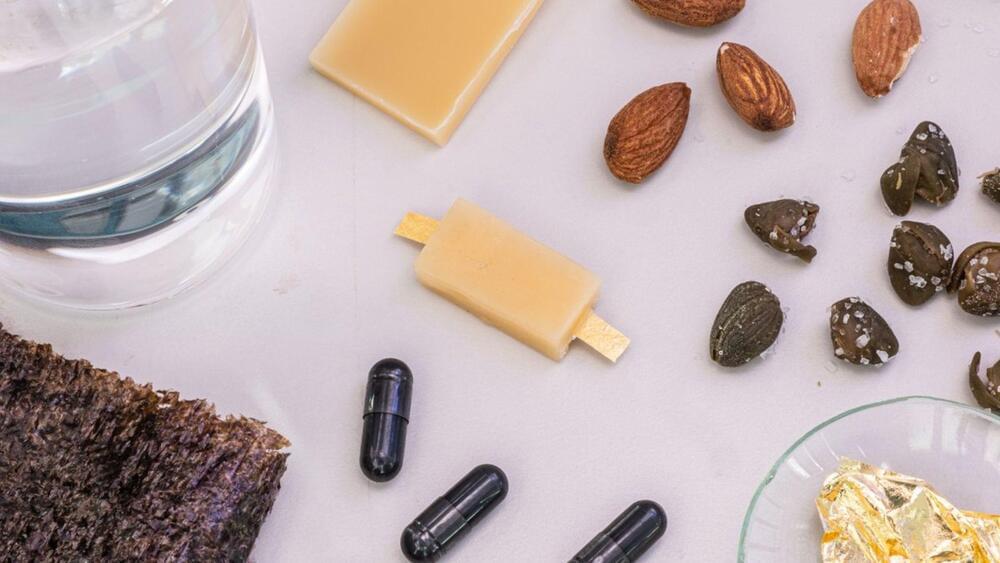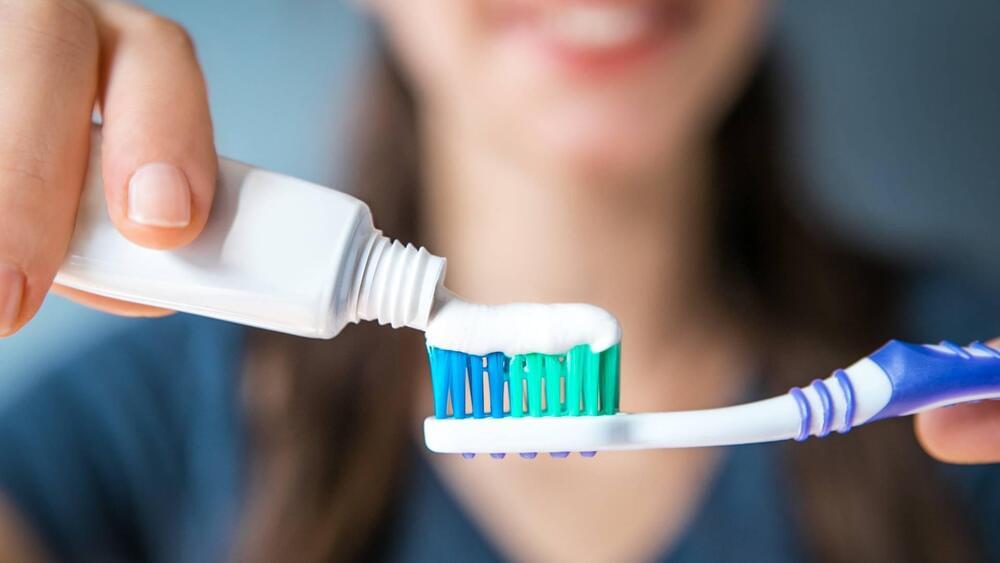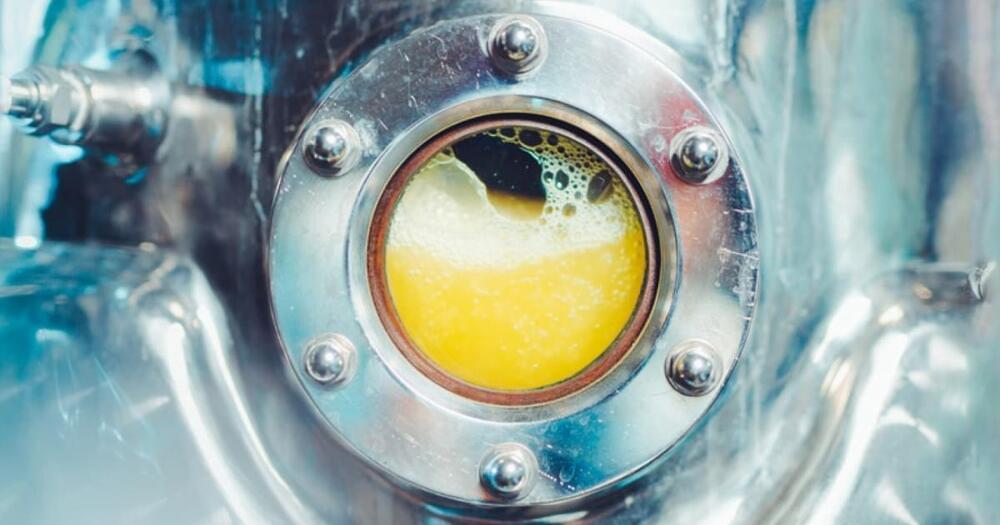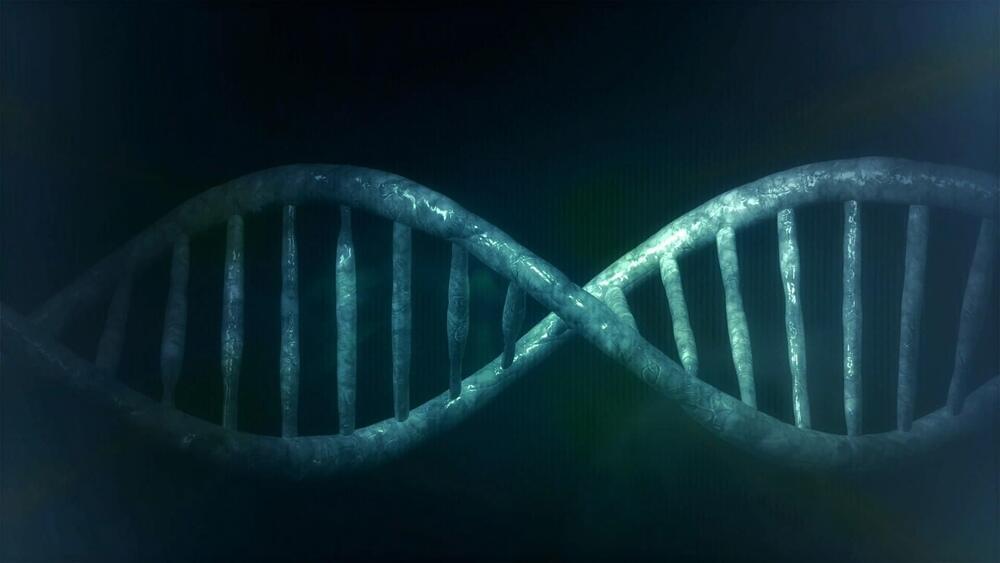Nov 13, 2023
Edible electronics: The future of sustainable devices is in your food
Posted by Shubham Ghosh Roy in categories: food, sustainability
A team of researchers from the Italian Institute of Technology has created the first-ever rechargeable edible battery made out of gold foil, nori seaweed, and beeswax. A charger you can eat? Sounds good to us.
The Italian Institute of Technology has really brought innovation to the table at the Maker Faire in Rome. The team of researchers has created the first-ever rechargeable edible battery made out of gold foil, nori seaweed, and beeswax.
Continue reading “Edible electronics: The future of sustainable devices is in your food” »


















